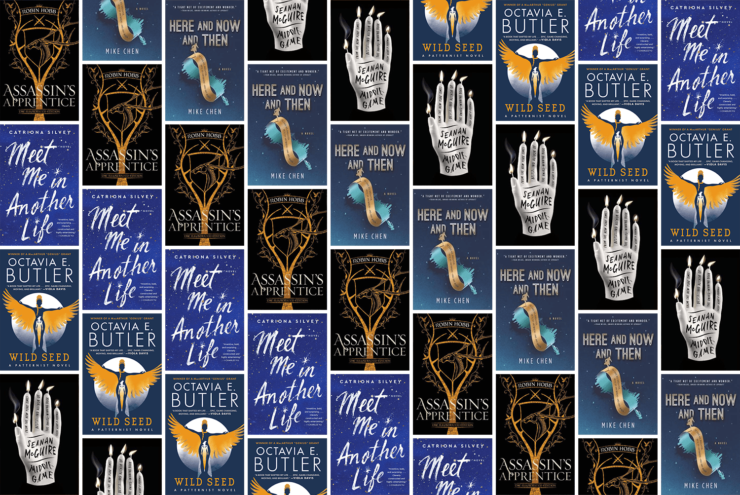Relationships are not static. We fall in and out of love; children grow up, and their connections to their parents stretch and change accordingly; colleagues become friends or enemies or some strange mixture of both. Relationships between characters in science fiction and fantasy are no exception. Indeed, SFF devices like shapeshifting, time travel, and alternate universes allow writers to push the boundaries of how much a relationship can change while still technically involving the same two people.
In my debut novel Meet Me in Another Life, Thora and Santi encounter each other again and again in different realities. Initially, their memories reset every time, forcing them to relate to each other as friends, lovers, enemies, adopted family, and more. Later, as they begin to remember, the novel asks what it would mean to try and reconcile all those versions of a relationship into one. The book owes a debt to protean SFF duos I have loved: characters whose connections with each other cannot be contained by a single timeline, or a single pair of selves. Here are five examples.
[Spoilers for Star Trek: Deep Space Nine ahead]
Anyanwu and Doro—Wild Seed by Octavia Butler
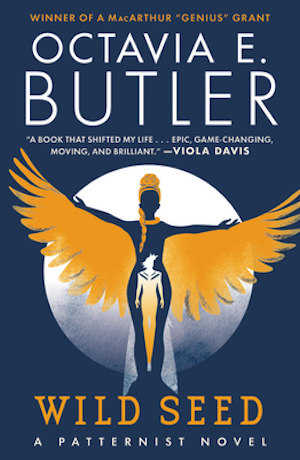
The most literally Protean duo on this list, Butler’s warring immortals are shapeshifters of very different kinds. Anyanwu, a healer by nature, can alter her body to take on the shapes of people or animals. Doro, controlling and ruthless, survives by killing others and possessing their bodies, wearing out their flesh until he is forced to move on. Doro is obsessed with breeding a lineage of humans with special abilities; Anyanwu wants only to nurture and protect her descendants. The story of their slow-burn conflict spans centuries and continents, from their first meeting in West Africa to the novel’s resolution in Louisiana, as the two go from lovers to enemies to something else, long-fought-for and indefinable.
The tension of the story comes from the fact that Anyanwu and Doro’s obvious differences are balanced by irresistible similarity. Long-lived and powerful as they are, they are the only people who can surprise each other; they also know each other too well to be able to lie or pretend. Shapeshifters though they are, their weakness is their intransigence: Doro’s inability to imagine how Anyanwu’s motives differ from his own, and Anyanwu’s habit of submitting to Doro instead of imagining another way forward. But they remain, both of them, capable of change, at least with respect to each other. Only when Anyanwu grasps the true power she has over Doro, and Doro learns to ask rather than command, can they fulfill the half-promise, half-threat that runs through the novel: ‘Because of me, you will never be alone.’
Dax and Sisko—Star Trek: Deep Space Nine
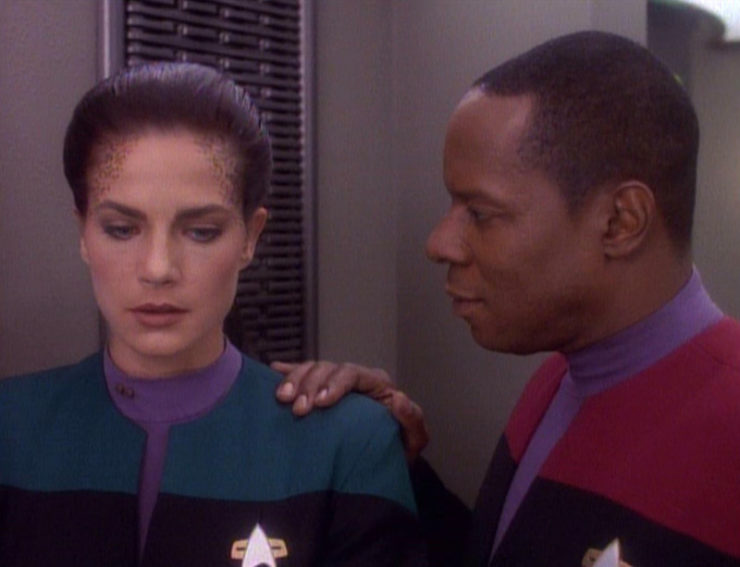
When Commander Benjamin Sisko arrives on Deep Space Nine, he’s happy to see an unfamiliar face. His new science officer, Jadzia Dax, is a joined Trill. Her personality is a combination of the host, Jadzia, and the symbiont inside her: Dax, a long-lived worm-like creature that holds the memories of all its hosts. Dax’s previous host, Curzon, was Sisko’s mentor. Now, the old man he knew is gone, replaced by a young woman who remembers Sisko fondly, despite the fact that he has never seen her before.
While the show missed the opportunity to explore what Dax’s multiple identities meant for her sense of gender, it shone when depicting her deep, evolving friendship with Sisko. Dax initially values Sisko as a link to her past self, but her new incarnation comes to rely on him as a supportive commander and a friend who shares her irreverent sense of humour. Sisko, in turn, re-negotiates his relationship with a person who is simultaneously his irresponsible old mentor and someone new: brilliant, flirtatious, nerdy, at times uncertain of her place in the pantheon of Dax’s hosts, but increasingly confident in the sum of who she was and is. Their relationship evolves yet again when Dax gets a reluctant new host, Ezri, and Sisko takes on the mentor role to his newly young and insecure old friend. In a show that excelled at depicting complex, long-running relationships (Bashir and O’Brien’s accidental ride-or-die bromance, anyone?), this one was the crown jewel.
Kin and Miranda—Here and Now and Then by Mike Chen
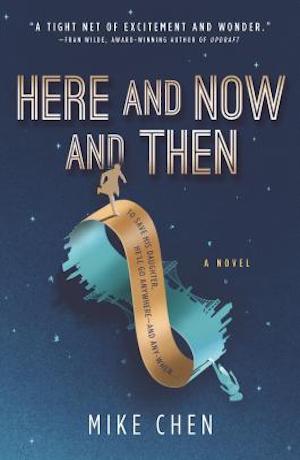
When time agent Kin Stewart gets stranded in the past, he breaks the rules. Instead of minimising contact to avoid corrupting the timeline, he gets married and starts a family. Eighteen years later, the agency arrives to find him embedded in 2014 with a wife and a teenage daughter, Miranda.
Forced to return to the future, Kin tries to continue the fraught task of parenting across a distance of 128 years. From his desk in the time agency, he scatters messages through the years of his daughter’s life, watching Miranda spiral into different versions of herself as a result of his interventions. Through Kin’s attempts to stay in touch with his daughter, the novel enacts a parental fantasy of being able to undo past mistakes, of finding out through trial and error exactly who our children need us to be. Kin doesn’t always get it right: at first, every attempt he makes to contact Miranda creates a new fissure in their relationship. In order to be the father she needs, he must realise that she is more than he ever imagined or projected. ‘Whoever you become,’ he tells her towards the end, ‘I can never know’. And it would be true, except that Miranda finds a way to break the rules in turn. As Miranda becomes her own father’s protector and symbolic ancestor, these two subvert the bounds of the parent-child relationship and come to understand each other fully.
Fitz and the Fool—The Realm of the Elderlings series by Robin Hobb
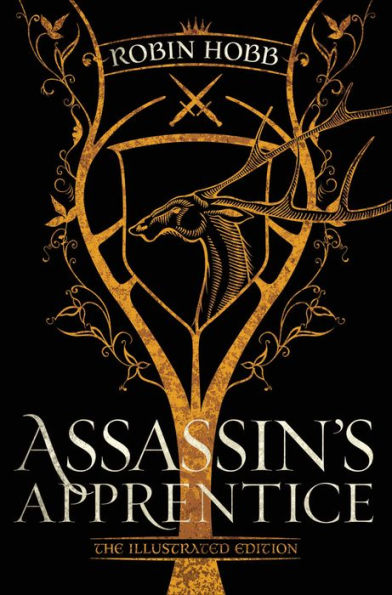
The odd pair out in this list: here, the SFF element has little to do with the complexity of the central relationship. In Hobb’s fantasy series, the Fool is the White Prophet and Fitz his Catalyst, destined to push the future onto another path. The Fool is mercurial, constantly changing appearance, personality and gender, refusing to accept limits on what constitutes his ‘true’ self. Fitz is a ball of trauma-induced defence mechanisms who just wants the version of the Fool he imprinted on as a lonely child, and finds the rest—including the Fool’s changes of gender, and the revelation that his love for Fitz is not purely platonic—hard to accept.
When the two become Skill-bonded—magically connected in a way that allows them to know each other completely—this theoretically offers a way out of their decades-long misunderstandings. But for Fitz, the human personification of this meme, such intimacy is the most terrifying prospect imaginable. He spends much of the lifelong arc of the series simultaneously craving it and running from it with all the energy he can muster. The bittersweet, unique joy of this tale is that, for all its twists and turns, it’s at heart a deconstructed romance: when tropes like finding your other half and love conquering death are made literal through fantastical means, we see how terrifying and identity-threatening these ideas truly are.
Roger and Dodger—Middlegame by Seanan McGuire
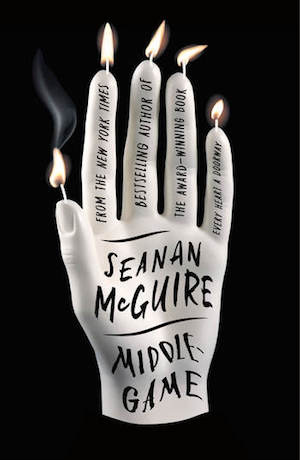
Negotiating your relationship is hard enough when you’re estranged siblings. When you’re also quantum-entangled personifications of complementary realms of knowledge, it’s enough to make you rewrite time over and over until you get it right.
For Roger and Dodger, created in an underground alchemical lab and brought up on opposite coasts of the US, their telepathic bond is both a lifeline and a curse. Monitored by the malevolent forces that created them, they are not permitted to meet in person until they have become sufficiently their own people to avoid collapsing into each other entirely. What ensues is the story of a relationship constantly in flux, as Roger and Dodger forget and remember each other, slipping from imaginary friends to real siblings and back again. Complicating the situation still further is their increasing awareness that they have, on some level, done all this before. How many times have they lost each other, found each other, waited for each other’s forgiveness? How many versions of them have walked this path together without making it to the end? As in so many of the works on this list, the relationship stakes in Middlegame are inseparable from the plot: the only way Roger and Dodger can come into their power is by writing and rewriting their relationship until they are who they need to be to one another.
***
These examples barely scratch the surface of the devices that can give rise to this trope: memory editing, reincarnation, transmigrating AIs…the list goes on. Let me know your favourites in the comments!
Buy the Book
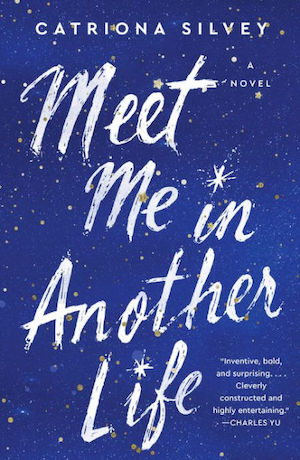

Meet Me in Another Life
Catriona Silvey was born in Glasgow and grew up in Scotland and England. After collecting an unreasonable number of degrees from the universities of Cambridge, Chicago, and Edinburgh, she moved back to Cambridge where she lives with her husband and son. Her debut SF novel starring a protean duo, Meet Me in Another Life, will be published in the US by William Morrow in April 2021.










